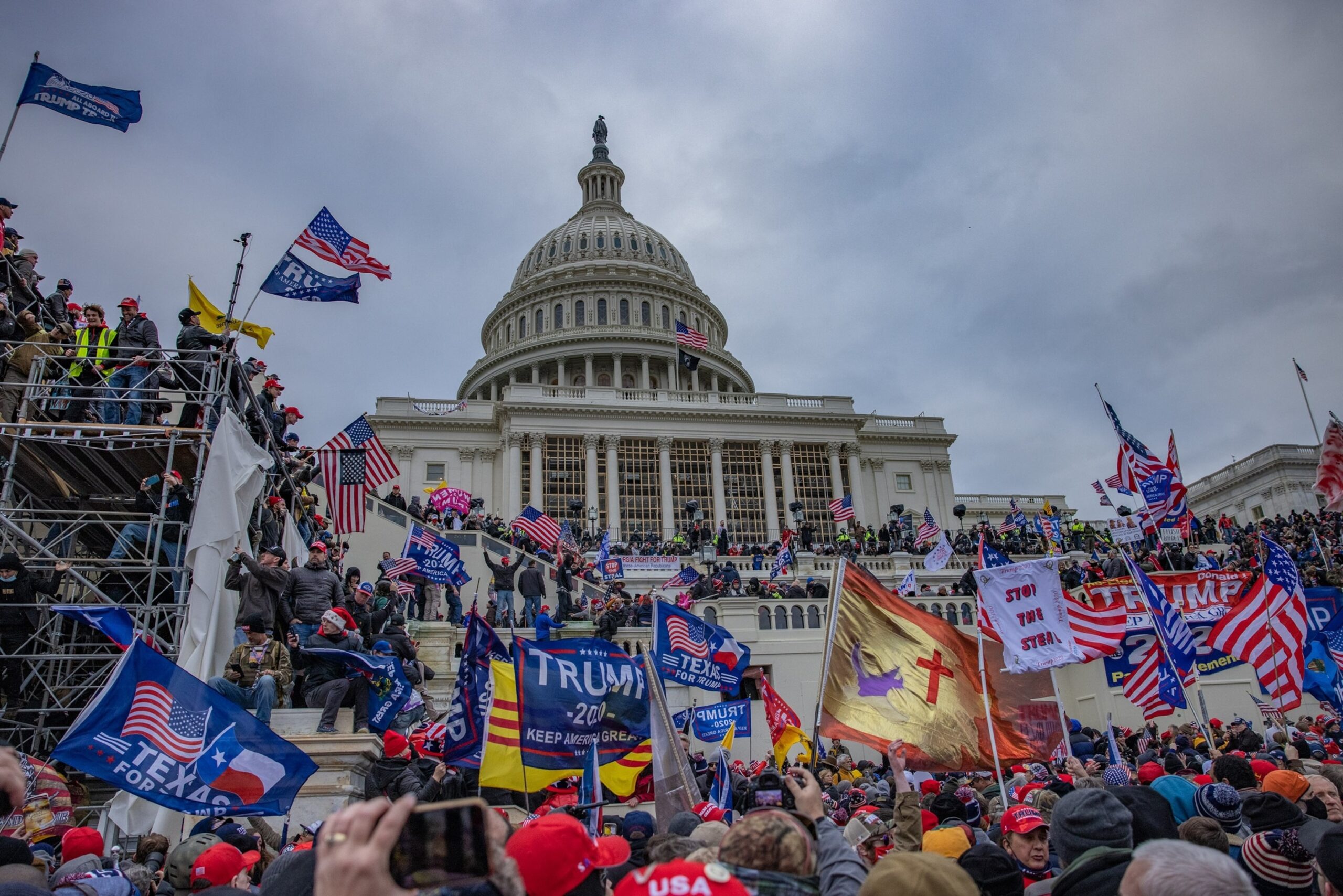The new Trump rates enter into force
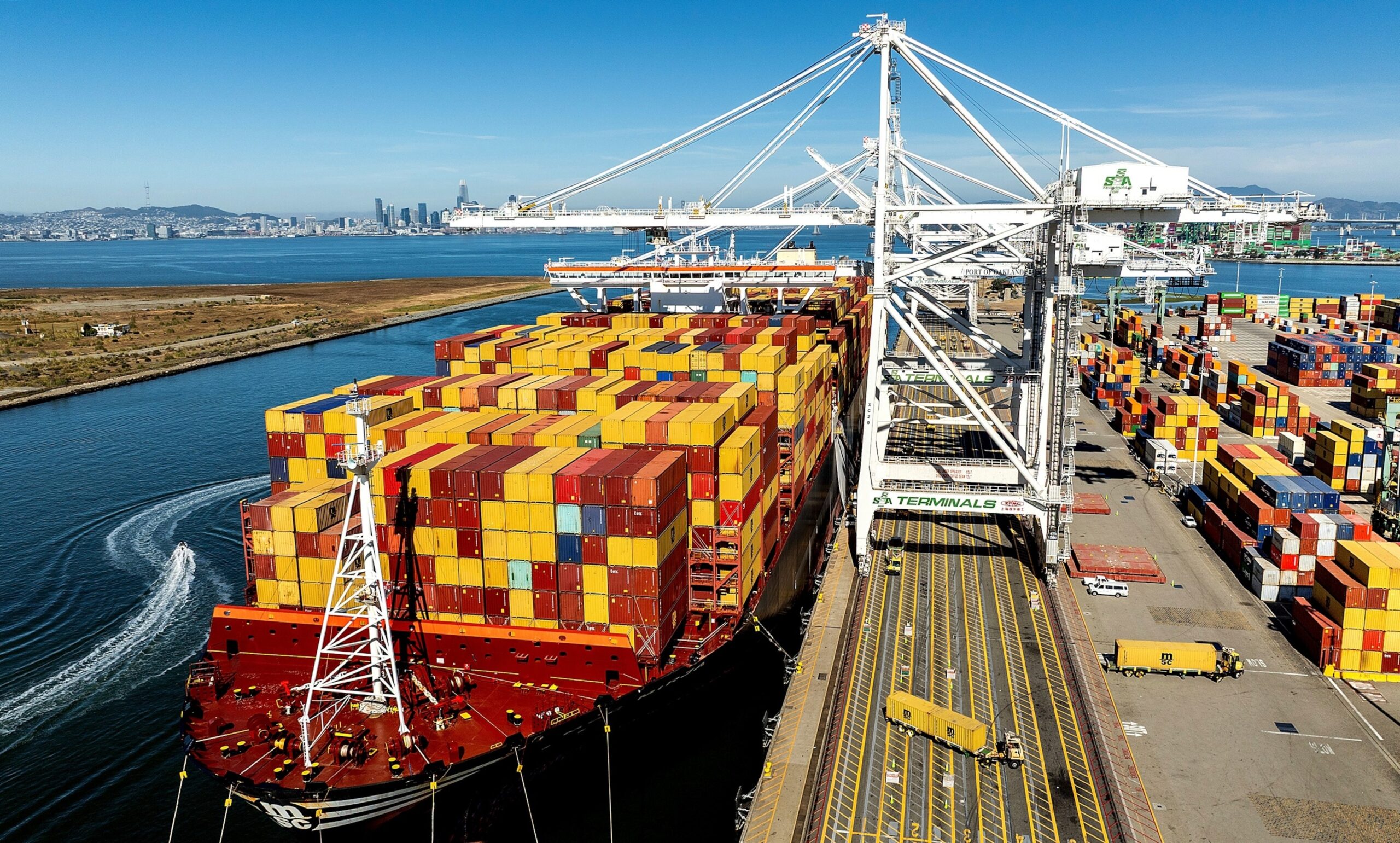
President Donald Trump’s new rates finally entered into force on Thursday, slapped dozens of countries and risking price increases for a large number of daily products.
Tariffs between 10% and 41% applied to almost 70 countries from 12:01 AM on Thursday, significantly expanding the scope of Trump’s commercial confrontation policy.
“It’s midnight! Millions of dollars in rates now flow to the United States of America!” President Donald Trump published shortly before midnight on his social media platform.
The tariffs arrived approximately one week after Trump delayed the so -called reciprocal tariffs, choosing to modify some levies.
Canada, a superior American trade partner, faces a 35%rate. While Brazil, a key source of coffee, receives a 40% rate that, when added in addition to the 10% reference rate in the new order, means a 50% rate in imports from the country to the United States.
The countries that face the highest rates in the executive order are Laos and Myanmar with 40% and Syria with 41%.
India is affected with a 25% tariff in the order, but it is expected to rise to 50% on August 27. Trump said Wednesday that he was imposing the additional tax of 25% as punishment for India’s decision to continue buying Russian oil throughout the Russian-Ukrain war.
There is an extended deployment of products sent to the country by boat. As long as they are sent before August 7 and enter the US on October 5, they will not be subject to the new rates rates.
The White House has said that rates were largely determined depending on the commercial deficit that the United States has with those commercial partners.
The new tariff rates resemble the taxes that were placed in more than 90 countries on April 2, although there are some differences.
Trump launched the so -called reciprocal tariffs in April, then delayed them, promising to reach approximately 90 commercial agreements in 90 days. In early July, Trump delayed tariffs again, establishing a deadline on August 1. One day before that deadline, he delayed them once again.
The new levies seem to add 15% of tariffs to the assets of several countries that are not initially included in the executive order of the “Liberation Day” of the President on April 2, including Bolivia, Ecuador, Ghana and Iceland.
After the “Liberation Day” tariffs were presented and then delayed, Trump sent letters to the leaders of approximately two dozen countries that describe the tariff levels that would come into force if an agreement was not reached. The Trump administration ran to attack commercial agreements during the days prior to the deadline in an effort to gain concessions from countries directed in an exchange of reduced fees.
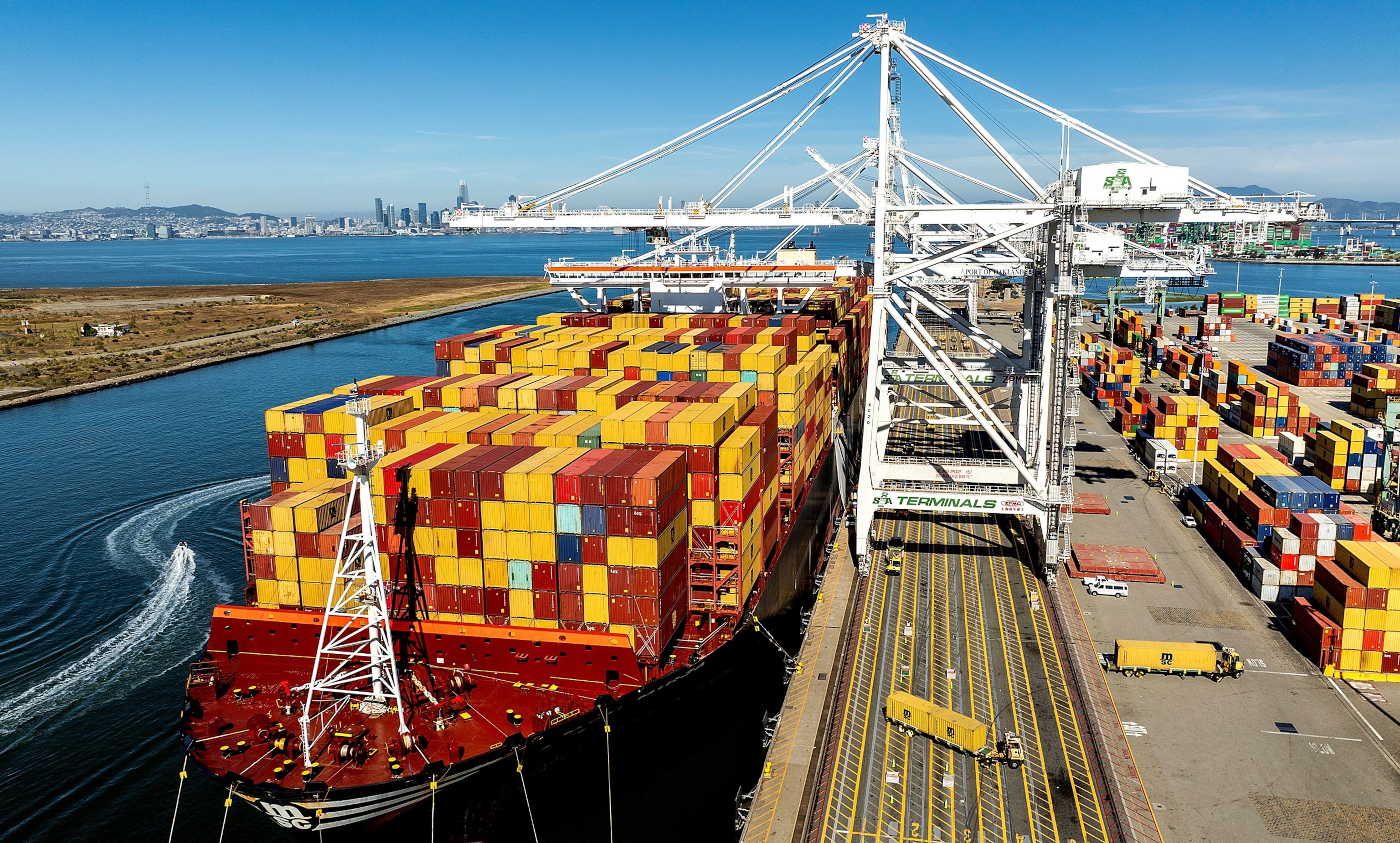
Load containers border a ship in the port of Oakland, on August 6, 2025, in Oakland, California.
Noah Berger/AP
Until now, the White House says it has reached commercial agreements with the United Kingdom, Vietnam and Indonesia, as well as a preliminary agreement with China.
“The president and his commercial team want to reduce the best offers for the American people and the US worker,” said the White House Secretary, Karoline Leavitt, last month when he announced the deadline on August 1.
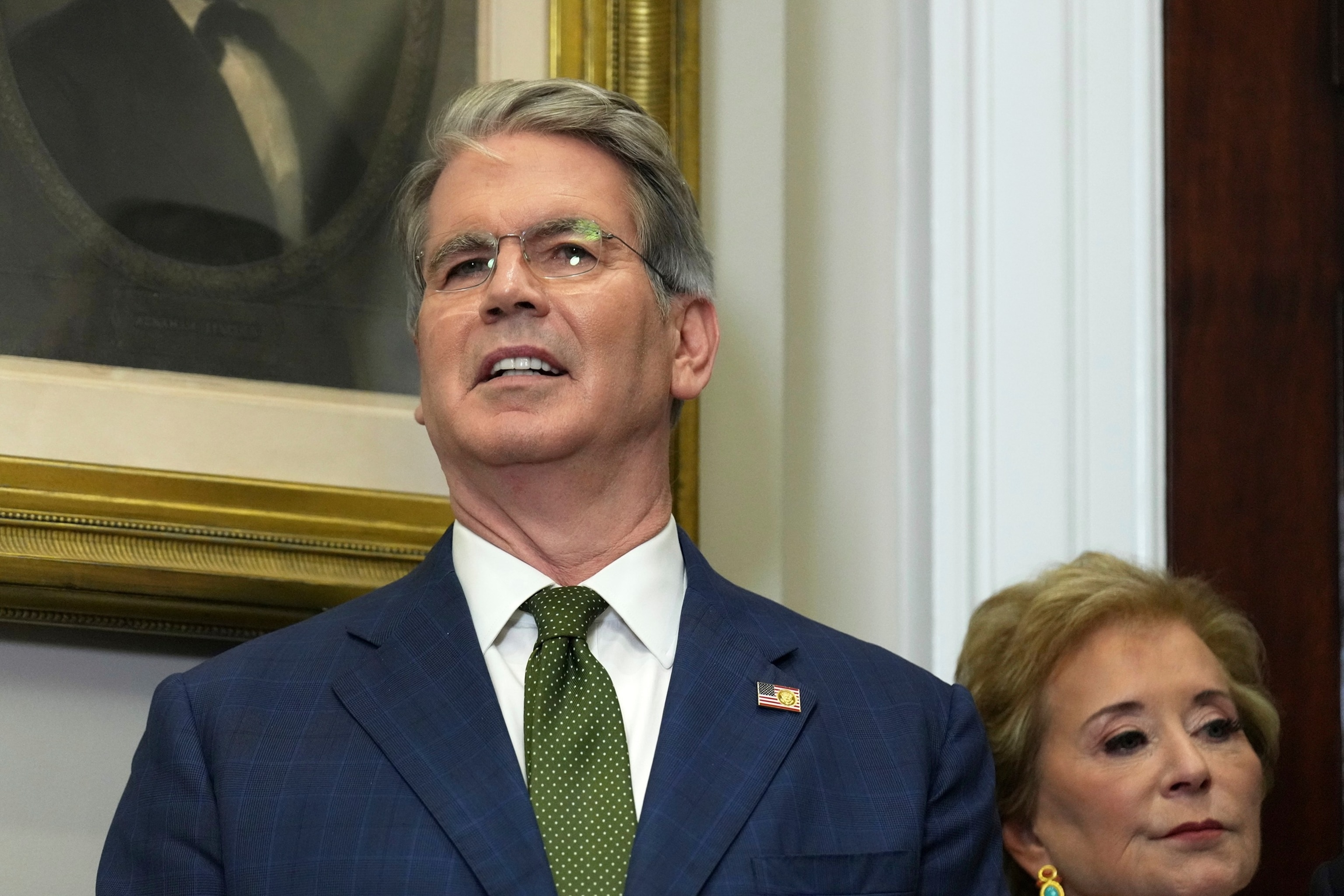
The Secretary of the Treasury, Scott Besent, listens while President Donald Trump speaks during an event to sign an executive order that restarts the presidential aptitude test in public schools, on July 31, 2025, in the Roosevelt room of the White House.
Jacquelyn Martin/AP
It is expected that tariffs presented so far by Trump cost an average home of $ 2,400 this year, the Yale Budget Laboratory found last week.
Importers generally transmit a part of the tax burden related to consumers in the form of price increases.
Speaking to journalists last week, an administration official Trump praised the new tariffs as part of a “new trade system” that aims to prioritize “fair and balanced trade” on efficiency at all costs.
Michelle Stoddart of ABC News, and Meghan Mistry contributed to this report.



